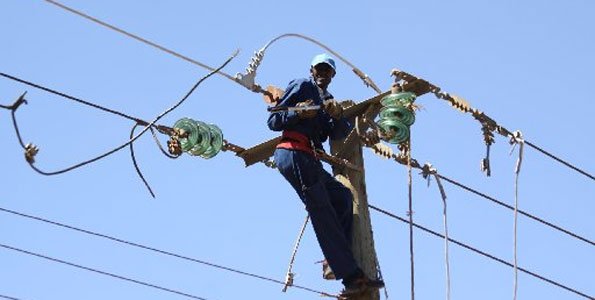For some time now, the prevailing conversation has been why Kenya Power, a monopoly, is struggling financially after reporting a Sh2.98 billion loss in the financial year ended June 2020 — its first loss in 17 years.
On its part, the firm cited coronavirus containment measures, the rising cost of buying wholesale power and reduction in electricity consumption for its dwindling revenues.
Arising from this predicament, Kenya Power made an application to the Energy and Petroleum Regulatory Authority (Epra) to increase the prices of electricity by up to a fifth, saying it’s key to reversing profitability.
To be honest, this was a very pretentious statement from the Kenya Power managment. They are either stretching the truth or they have simply run out of ideas on how to turn around the company.
To start with, Kenya Power’s problem is not financial, in the sense that they don’t generate enough revenues. Between 2018 and 2019, electricity sales increased from Sh95 billion to Sh112 billion.
Kenyans who are shocked about Kenya Power’s financial tinderbox have simply not been paying attention. In the latest Auditor-General’s report, one of the audit queries is that Kenya Power has been operating on negative working capital for three consecutive years despite the board making initiatives to try to turn around this position.
The audit query states that "I draw attention to Note 2(a) to the financial statements which discloses that the company’s current liabilities of Kshs. 113,190,801,000 exceeded its current asset of 44,220,940,000 by 70,969,861,000 as at 30th June 2019 (2018: 56,012,987,000).
The company has remained in a negative working capital position for the third consecutive year." So, it shouldn’t come as a surprise that the company is struggling. The trend was already noted three years ago.
If one missed the Auditor-General’s report, one can also simply look at the 2018/2019 financial books of the company and see that from 2017 to 2018, its overdraft facility tripled from Sh4 billion to Sh12 billion in just one year before reducing to Sh10 billion in 2019, showing that the company has been having a working capital problem.
Kenya Power’s problem is simply operational just like Kenya Airways’. It runs overwhelming overheads that don’t match its revenues.
The turnaround strategy should be to work on reducing those overheads and not increasing prices of electricity to grow revenues.One of the issues is the increase of non-fuel power purchasing cost, which rose by Sh18 billion within one year. Another issue that Kenya […]
